Science of Reading Badge Rubric
FOR EXISTING PROVIDERS
ABOUT THE SCIENCE OF READING BADGE
SUBMISSION REQUIREMENTS
The Science of Reading badge:
- Highlights professional learning providers who have deep expertise in the science of reading and the ability to provide high-quality professional learning in the science of reading and its connections to HQIM
- Equips states, districts, and schools with information so they can meet legislative requirements and spend their PL budgets in ways that are going to provide educators with professional learning in the science of reading-aligned instruction in connection with implementation of their HQIM
- Push the field by continuing to develop/refine rigorous expectations around high quality PL in both research and instructional practices related to the science of reading. so that more kids have the opportunity to become skilled readers and writers.
Note: *an asterisk indicates that the term can be found in the Glossary tab located at the top of the webpage.
In order to receive a Science of Reading Badge, applicants must achieve a score equivalent to at least 12 out of 16 (70%) on the overarching indicators, and applicants must score a 2/2 on the grade band indicator (K-2, 3-5, or 6-8).
Badges will be awarded based on the specific grade band/grade bands for which you are applying.
For the science of reading badge—submit the following:
- An artifacts document PDF: a set of client-facing materials that demonstrates your organization’s expertise in K-2, 3-5, and/or 6-8. Your sample materials can be from one engagement or multiple engagements, but no more than 3 HQIMs. You may include sample presentations with facilitator guide/notes, handouts, guidebooks, course syllabi, client work plans, client reflection questions, coaching notes, etc.* (maximum 225 pages) that provides evidence for all indicators for that service
- An application template (executive summary), submitted as a single PDF, that provides an overview of your evidence and artifacts and describes how your organization’s PL services meet the specific indicators.
The executive summary and artifacts are evaluated against the indicators for the science of reading badge.
Only the information included in the artifact PDF and what is written in the executive summary will be evaluated. We will not review any external links.
*Suggested examples of possible materials for submission: Rivet does not require all materials to be submitted to score full points and should only be done to the extent authorized by the publisher.
OVERARCHING INDICATORS FOR THE SCIENCE OF READING PROFESSIONAL LEARNING
Total Indicators: 8 | Minimum Passing Score: 12 out of 16 points
2 points:
1 point:
0 points:
| ||||
Sample Evidence Collection Reviewers look for and record:
|
2 points:
1 point:
0 points:
| ||||
Sample Evidence Collection Reviewers look for and record:
|
2 points:
1 point:
0 points:
| ||||
Sample Evidence Collection Reviewers look for and record:
|
2 points:
1 point:
0 points:
| ||||
Sample Evidence Collection Reviewers look for and record:
|
2 points:
1 point:
0 points:
| ||||
Sample Evidence Collection Reviewers look for and record:
|
2 points:
1 point:
0 points:
| ||||
Sample Evidence Collection Reviewers look for and record:
|
2 points:
1 point:
0 points:
| ||||
Sample Evidence Collection Reviewers look for and record:
|
2 points:
1 point:
0 points:
| ||||
Sample Evidence Collection Reviewers look for and record:
|
GRADE BAND INDICATORS FOR SCIENCE OF READING PROFESSIONAL LEARNING
Total Indicators: 3 | Minimum Passing Score: 2 out of 2 points on each applicable grade-band indicator
2 points:
1 point:
0 points:
| ||||
Sample Evidence Collection Reviewers look for and record:
|
2 points:
1 point:
0 points:
| ||||
Sample Evidence Collection Reviewers look for and record:
|
2 points:
1 point:
0 points:
| ||||
Sample Evidence Collection Reviewers look for and record:
|

